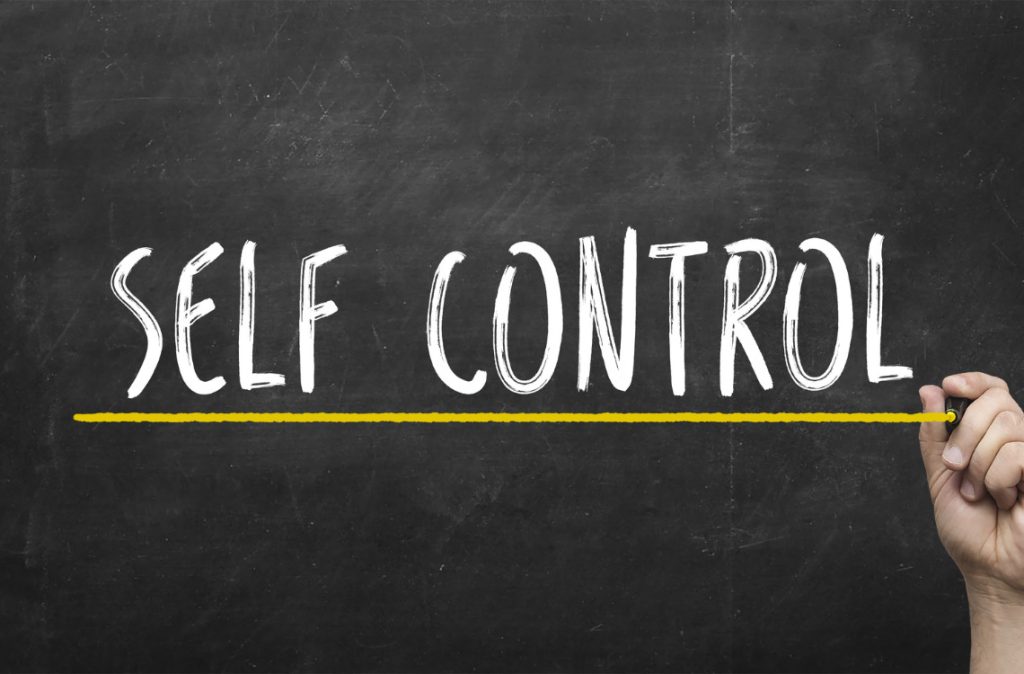Every Singaporean parent has seen it: that moment when our young child teeters on the edge, maybe slamming doors, perhaps making a decision they’ll regret (hint: self control).
It’s tough, and as a father, I’ve navigated these waters too. Teaching self-control is more than discipline; it’s about setting up our children for success in numerous life areas.
So, how do we guide our youngsters through this? Let’s dive deep into this together!
What is Self Control?
Firstly, at its essence, self-control is mastering our impulses. It’s like the internal battle between stopping at a red light and being tempted to race through it.
In life’s grand highway, self-control aids in practical problem-solving and consistently making good choices, even when those alluring shortcuts beckon.
To begin with, let’s explore the “Red Light, Green Light” game.
1. The “Red Light, Green Light” Game
This classic childhood game isn’t just fun; it’s a lesson in self-regulation.
By alternating between “green light” (move) and “red light” (stop), kids actively practice listening, concentration, and immediate response control, translating to better control in real-life situations.
Next, we’ll look at delayed gratification with treats.
2. Delayed Gratification with Treats
The age-old marshmallow experiment showcases the value of patience.
By offering your child the choice between a small treat now or something larger if they wait, we’re teaching patience and the value of long-term rewards over immediate satisfaction.
Following that, consider incorporating deep breathing techniques.
3. Deep Breathing Techniques
Emotions can be overwhelming, especially for young minds.
Encouraging deep breath exercises can help children reconnect with themselves, making it easier to handle challenging situations.
Over time, they’ll associate these breaths with a calm response, even in stressful situations.
Afterward, role-playing losing control scenarios can be beneficial.
4. Role-playing Losing Control Scenarios
Imagine turning potential tantrums into lessons.
Through playful role-play, kids can simulate situations where they might typically lose control.
By brainstorming solutions in a safe space, they’re better equipped to manage these emotions when they truly arise.
Subsequently, create a “cool down” corner for them.
5. Create a “Cool Down” Corner
Every child, like adults, needs personal space.
Designate a serene spot where they can retreat, reflect, and rejuvenate when feelings become too much.
It’s like their personal sanctuary, away from overwhelming emotions.
In addition, always offer choices.
6. Offer Choices
Autonomy can be a game-changer.
Offering choices, even in minor day-to-day activities like picking clothes or choosing snacks, empowers children.
This approach not only instills decision-making skills but also subtly teaches the repercussions of their choices.
Moreover, it’s essential to model self-control.
7. Model Self-Control
Remember, young eyes are always watching. Be their living example of self-control.
When they see you calmly navigate a frustrating situation or make informed choices, it silently communicates the importance and effectiveness of self-regulation.
Furthermore, use books to teach about emotions.
8. Read Books about Emotions
Literature offers a window to understand complex feelings.
Delving into stories that highlight emotions can serve as conversation starters.
Discussing characters’ choices can lead to a deeper understanding and better real-life emotional regulation.
Additionally, praise their efforts regularly.
9. Praise Their Efforts
Celebrating their self-control milestones boosts their confidence.
Acknowledge it whenever they successfully manage their emotions or make a commendable choice.
This simple act reinforces positive behaviour, leading to more such moments.
Also, encourage them to practice problem-solving.
10. Practice Problem Solving
Encountering a hurdle? Rather than offering a solution, ask them, “What’s your plan?”
Steering them to devise their own solutions builds resilience and boosts their confidence in navigating challenges.
Besides that, establish predictable routines.
11. Establish Predictable Routines
A structured day offers security. Predictable routines provide a framework, helping children mentally prepare and set expectations.
This organized flow can curtail anxiety and foster better control over unplanned events.
Last but not least, communicate openly with your child.
12. Communicate Openly
Open conversations are therapeutic. Ensure your child knows they can voice their fears, joys, and concerns.
Therefore, validating and working through their feelings creates a trusting bond, making it easier to guide them during turbulent emotional times.
Conclusion
Finally, to all my fellow Singaporean parents, teaching self-control is akin to gifting our children a compass for life’s journey.
While each child’s compass might point slightly differently, these universally adaptable tips ensure they are always headed in the right direction.
